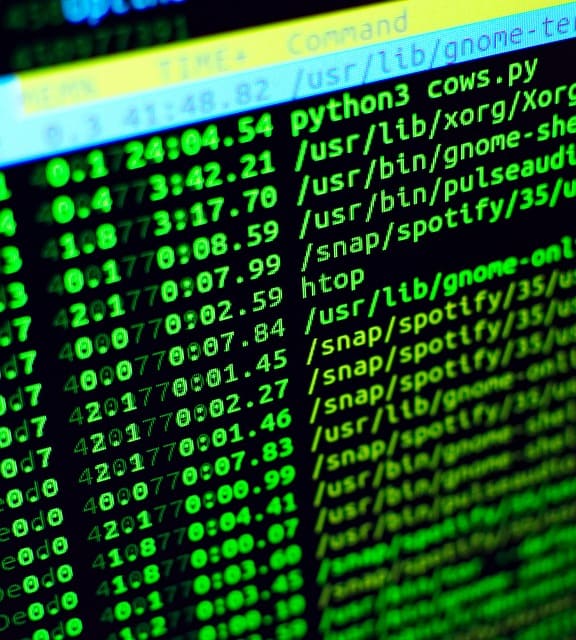The Evolution of Generative AI: From Tools to Innovators
The remarkable journey of generative artificial intelligence has transformed these systems from basic computational tools into sophisticated creative partners capable of producing content that rivals human output in many domains, with unprecedented innovative potential reshaping our understanding of machine capabilities and challenging fundamental assumptions about the unique nature of human creativity.
The Early Foundations of Generative AI
The conceptual roots of generative AI stretch back to the mid-20th century when pioneering computer scientists like Alan Turing first contemplated machines that could exhibit intelligent behavior, though the computational power and algorithmic sophistication required to realize these visions remained decades away from practical implementation.
The 1950s and 1960s saw the emergence of early pattern recognition systems and rudimentary neural networks, establishing critical theoretical frameworks that would eventually evolve into the sophisticated generative models we recognize today, despite severe limitations in processing capabilities and available data.
Breakthrough Moments in Neural Network Architecture
The development of backpropagation algorithms in the 1980s represented a crucial turning point in neural network training, enabling systems to learn from their mistakes and iteratively improve performance through a mathematical framework that would later become fundamental to modern generative models.
The introduction of Generative Adversarial Networks (GANs) by Ian Goodfellow and colleagues in 2014 revolutionized the field by establishing a competitive framework between generator and discriminator networks, dramatically improving the quality and realism of AI-generated content across numerous domains.
Transformer architecture, introduced in the landmark “Attention Is All You Need” paper in 2017, fundamentally changed how AI systems process sequential data, creating the foundation for language models like GPT that could generate coherent, contextually relevant text at unprecedented scales and quality levels.
From Text Generation to Multimodal Creativity
The evolution from specialized single-domain generators to sophisticated multimodal systems capable of working across text, images, audio, and video represents one of the most significant advancements in generative AI’s development trajectory.
Text-to-image models like DALL-E, Midjourney, and Stable Diffusion have democratized visual creation, allowing users to generate complex, detailed imagery from natural language descriptions with a level of quality that would have seemed impossible just a few years earlier.
The integration of multiple creative capabilities into unified systems has enabled new workflows where AI can simultaneously generate complementary content across different mediums, creating cohesive multimedia experiences that blend written narratives with matching visual and audio elements.
The Industrial Impact of Generative Systems
Generative AI has transcended research laboratories to revolutionize industries ranging from entertainment and advertising to healthcare and scientific discovery, with organizations implementing these technologies to automate content creation, accelerate product development, and unlock entirely new creative possibilities.
The economic implications of widespread generative AI adoption continue to expand, with estimates suggesting these technologies could contribute trillions to the global economy through productivity enhancements, novel product categories, and fundamental shifts in how creative and knowledge work is performed.
Industries previously considered safe from automation due to their creative requirements now face significant disruption as generative systems demonstrate capabilities in domains like copywriting, graphic design, music composition, and even aspects of software development that were long thought to require human ingenuity.
Ethical Considerations in AI Creativity
The rapid advancement of generative AI has sparked intense debates about copyright, ownership, and attribution, as these systems train on vast datasets of human-created works and then produce outputs that may closely resemble or derive from those original materials.
Questions about authenticity, disclosure, and transparency have become increasingly urgent as generative systems create increasingly convincing deepfakes, synthetic media, and artificial content that can be indistinguishable from human-created work to the untrained observer.
The potential for generative AI to amplify existing biases or create new forms of misinformation presents significant challenges for societies still developing appropriate regulatory frameworks, ethical guidelines, and technical safeguards to ensure these powerful tools benefit humanity rather than causing harm.
 Source: Pixabay
Source: PixabayConclusion
The evolution of generative AI represents one of the most significant technological shifts of our era, transforming these systems from curiosities into collaborative partners that augment human creativity rather than simply automating routine tasks.
As these technologies continue to mature, the boundary between human and machine creativity becomes increasingly fluid, suggesting a future where the most powerful creative expressions may emerge from the synergy between human intuition and machine capabilities rather than from either in isolation.
The ultimate impact of generative AI will depend not just on technical advancements but on how we collectively choose to implement, regulate, and integrate these systems into our creative processes, economic structures, and social institutions in ways that amplify human potential rather than diminish it.
Frequently Asked Questions
How does generative AI differ from traditional artificial intelligence systems?
Generative AI creates new content (text, images, music, code) while traditional AI systems primarily analyze existing data or make predictions without producing original outputs.What was the first significant breakthrough in generative AI?
The introduction of Generative Adversarial Networks (GANs) in 2014 marked a pivotal moment, establishing the competitive framework that dramatically improved the quality of AI-generated content.Can generative AI truly be creative or is it just mimicking human creativity?
Generative AI demonstrates computational creativity by combining existing patterns in novel ways, though it lacks the conscious intention, emotional understanding, and lived experience that informs human creative processes.What industries are most likely to be transformed by generative AI?
Creative fields including design, advertising, entertainment, and media face immediate disruption, while knowledge work sectors like software development, legal services, and healthcare are experiencing growing impacts.How can organizations responsibly implement generative AI technologies?
Responsible implementation requires clear attribution policies, transparency about AI-generated content, ongoing bias monitoring, appropriate human oversight, and ethical guidelines governing how these systems are deployed and used.


